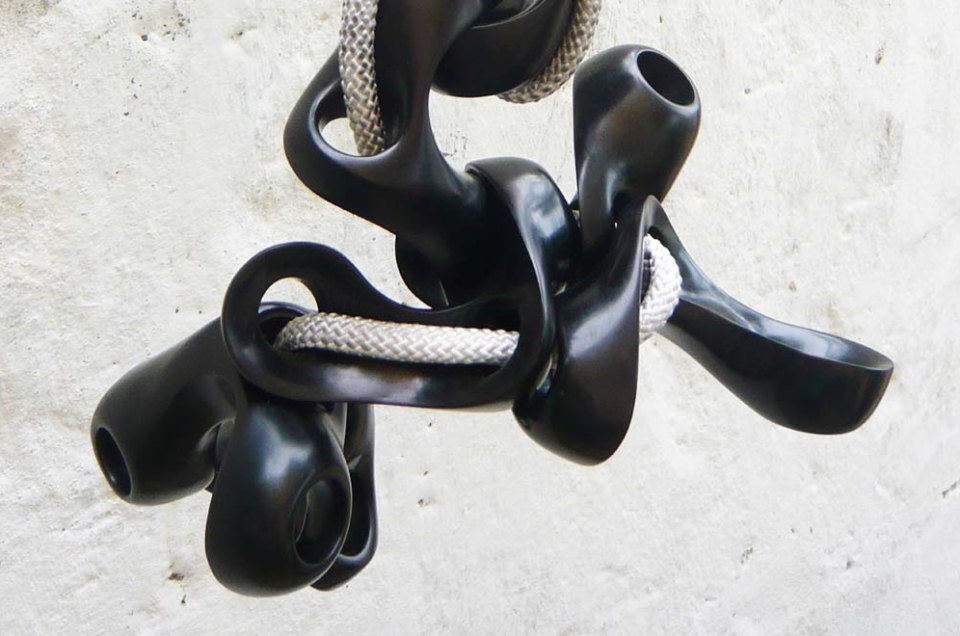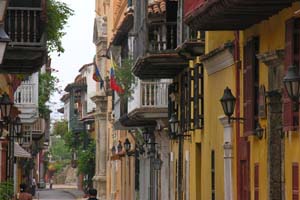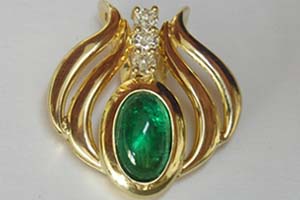Quick, name the artsiest city south of Los Angeles.
Mexico City? Buenos Aires? Those were my guesses, to which Cartagena sculptor Alejandro Frieri Gilchrist took issue. In a good-natured Caribbean way, of course.
“Cartagena is full of unexpected surprises, taking place in the context of colonial architecture, at a different speed from the big cities,” Gilchrist countered. “Caribbean culture is one that can only be described as ‘magic realism,’ as writer Gabriel Garcia Marguez once said.”
Cartagena is home to a lively arts community, likely one of the city’s more undiscovered attractions.
The performing arts, music, theater and visual arts scenes here are blossoming, as evidenced by weekly performances as well as a plethora of arts festivals. Annual events including the Cartagena International Music Festival attract visitors from across the globe. Gilchrist particularly enjoys watching new artistic events emerge.
“The art scene in Cartagena is growing,” Gilchrist said. “There are some new important art events, including the first Art Biennial of Cartagena de Indias, taking place in 2014, attracting international and national art. It will be a complement to our other big festivals, which include a film festival, a jazz festival, the Hay Festival, and many other cultural activities that happen throughout the year.”
The other Emerald City
Lee Miles, a jewelry designer and dealer specializing in emeralds–Cartagena’s chief artistic export–appreciates the sedate atmosphere in the Cartagena art community.
“The Cartagena art scene is imaginative yet accessible,” Miles said told me. “Most of our art can be enjoyed by everyone.”
Miles believes that the city’s commonality with a northern neighbor, combined with its status as a port city, creates a synergy that fosters an artistic atmosphere.
“Cartagena has a lot in common with New Orleans, as the latter was originally a Spanish port. Both have the same Spanish feel, port ambiance and Caribbean atmosphere,” Miles said. “We’re very laid-back. Cartagena attracts young and hip people. The cruise business tends to bring in an older crowd, who in turn are supportive of the artists.”
I take a stroll around Miles’ store, Mister Emerald, and his enthusiasm is infectious. His store, which features inventive work from local designers, is at the end of the Bocagrande peninsula, not far from art galleries and the Pre-Columbian Museum of Art.
“I enjoy seeing the local support of artists in Cartagena,” Miles explains. “Cartagena has great reputation for art shopping, because it’s not overrun by tourists. I believe the romance of our location—a walled Spanish city that was built in 1533—feeds into our relaxed art scene. That said, there is plenty of innovative and thought-provoking work, especially at the Museum of Modern Art.”
Miles prefers the art scene of Cartagena to those of its better known Colombian counterparts, Bogotá and Medellin. In 1975, he began selling his work directly to cruise passengers visiting Cartagena for the day, and also to local residents.
“When visitors try to buy emeralds in Bogotá, they are generally dealing with wholesalers, believing that will get them the best deals,” Miles said. “The problem with that is, nobody is guiding you and helping you to make the best choice, both by quality and price. It’s often a better buy for the customer at the retail jewelry stores, including here in Cartagena.”
The worldwide supply of diamonds, Miles explained, is controlled by DeBeers, resulting in fewer opportunities for innovative design. By contrast, Colombian jewelry designers are accustomed to working with raw materials, including emeralds that do not come in standard sizes and shapes controlled by a distributor.
“We do not get 100 little emeralds that all look the same,” Miles said. “Because the stones are different from each other, we have the opportunity to be very creative with our designs. So, emerald jewelry is hand-wrought by nature of the product. You pay more for the proper design technique and the ability to produce long-lasting, imaginative pieces. Emeralds are actually rarer than diamonds.”
Adriana Michele, owner of Adriana’s Jewelry, agrees with Miles. Michele’s store is one of 11 jewelry stores at Pierino Gallo Plaza, an airy two-story shopping center. Her store’s signature rough-cut emeralds are particularly popular with European cruise passengers.
“Making jewelry is considered more of an artistic endeavor than a technical task in Colombia. It’s a talent handed down generation after generation. The indigenous people of Colombia designed jewelry before the arrival of Europeans. My designers enjoying using fashioning rough-cut emeralds in both Pre-Columbian and contemporary styles. ”
Both Miles and Michele encourage visitors to carefully research emeralds prior to their vacations, and utilize cruise ship suggestion programs if available. Among cruise lines offering vendor endorsements is Holland America Line.
“The program for recommended shops offers a customer service program,” explained Erik Elvejord, the director of public relations for the line. “We ask those involved to stand by the purchases and resolve any issues. Those involved in this can change from year to year based on those interested in participating and agreeing to the standards.”
Statues and Stones
The diversity of creativity around me begs the question: What’s in the artistic water in Cartagena? Michele replies that the Caribbean attitude, serene in comparison to its often frenzied South American counterparts, is a factor in the artistic support. Perhaps, I ask, the sea’s radiant, viridian hues persuade cruise passengers to take home a remindful bauble? Michele furthers the Caribbean-emerald analogy.
“It’s all about the color, clarity and brilliance.”



